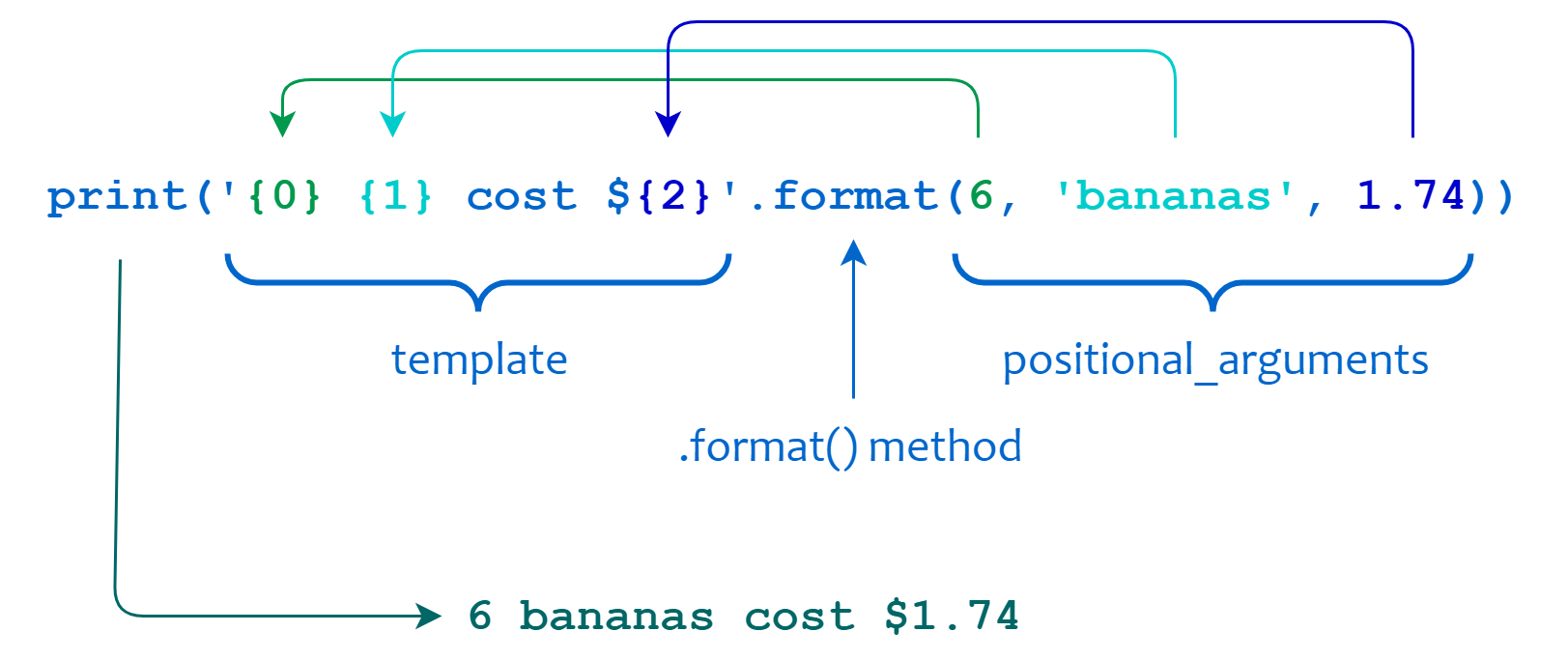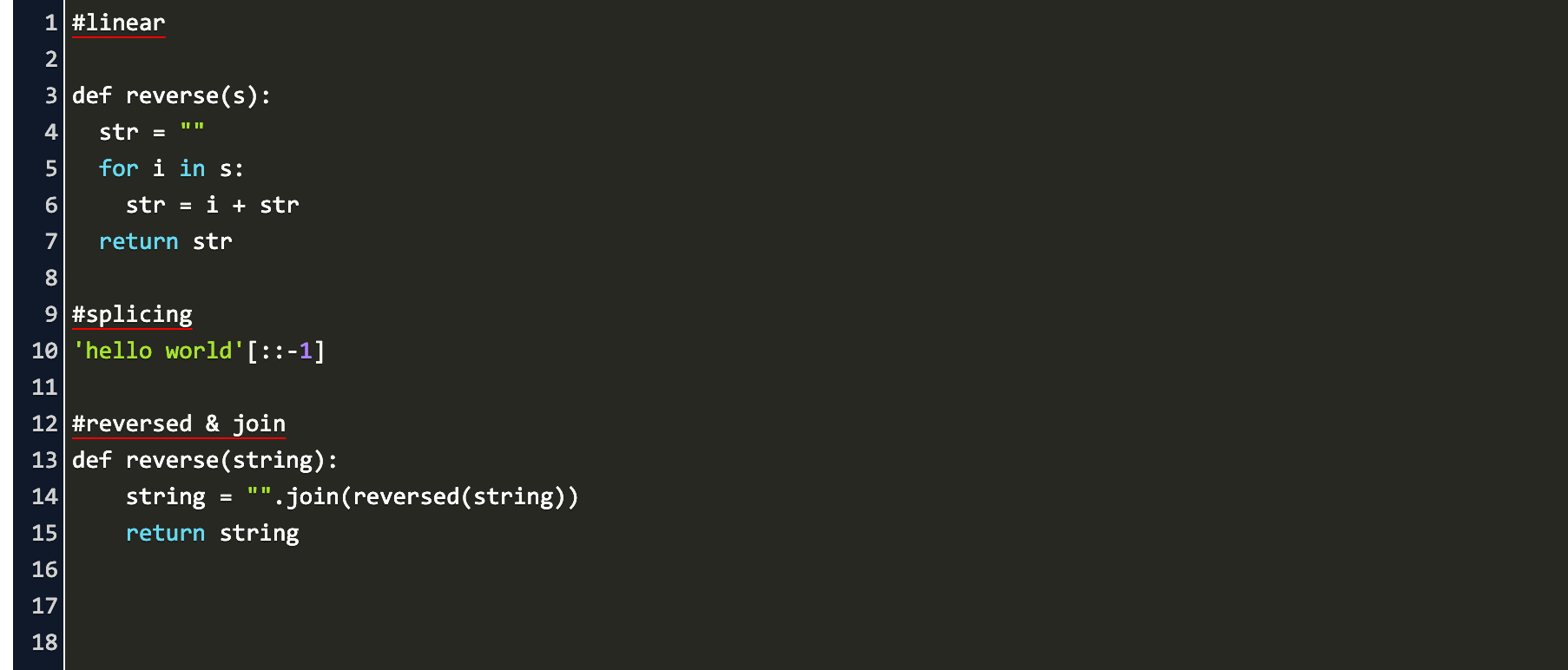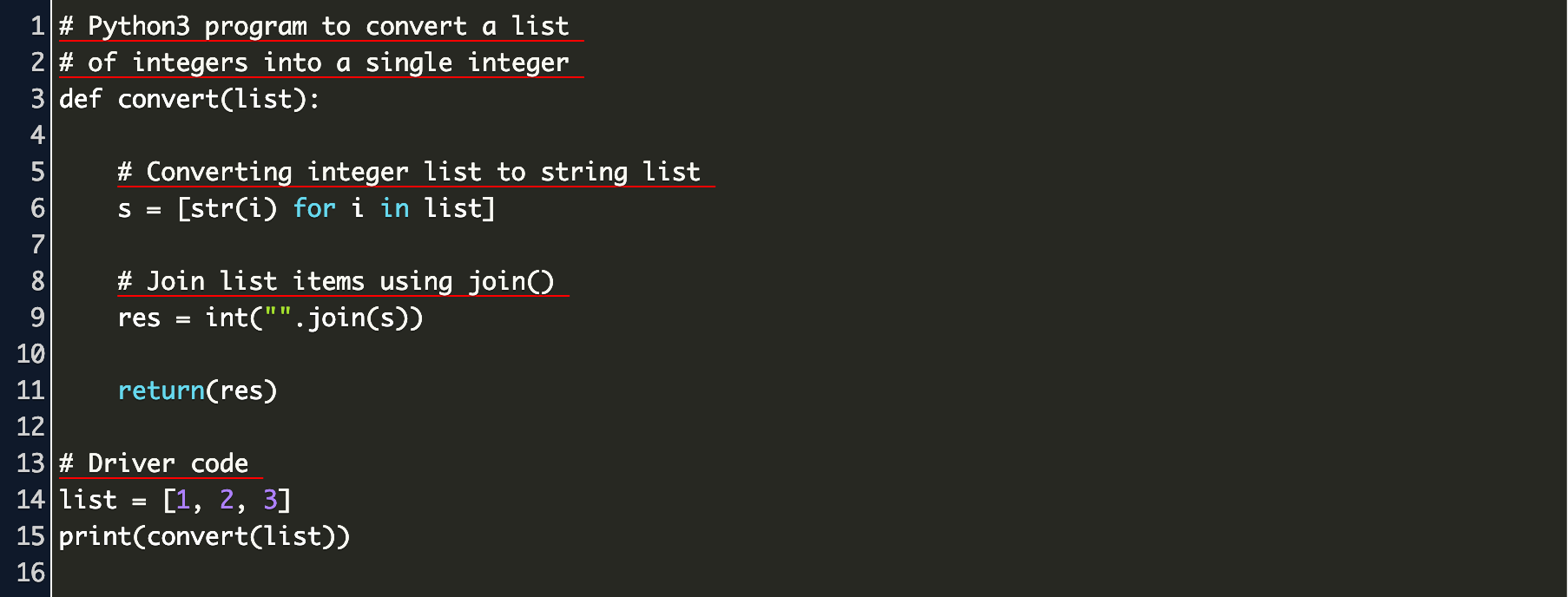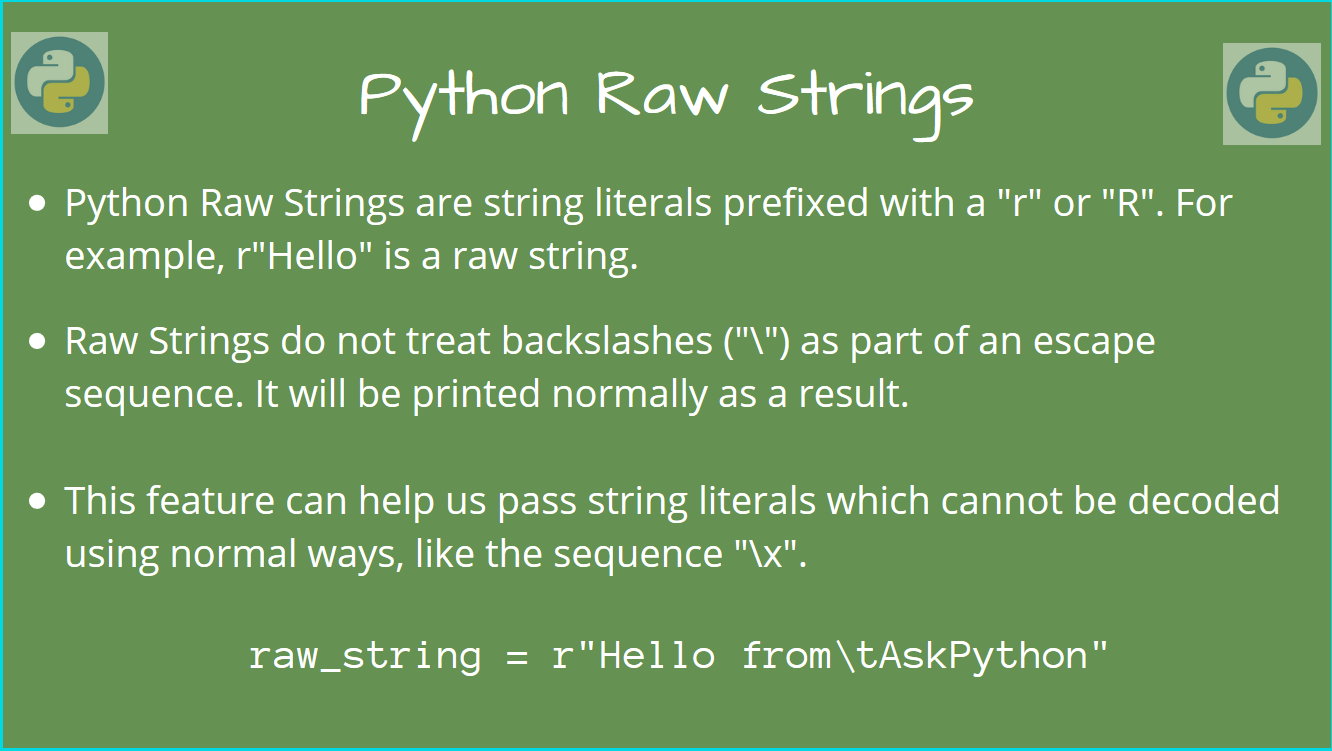Template Literals Python
Template Literals Python - You can design templates with just a couple of lines of code. Console.log (`hi, $ {name}, you are $ {age}.`) i assume. Float can be defined as a collection of both positive and negative floating. A string that includes curly braces {}. To accomplish this, we need: The templating can be turned off using the tags <%text> and </%text> ( ref ). Anything in between will be rendered as text and not. Web template literals provide an easy way to interpolate variables and expressions into strings. Web name = str (input ()) age = int (input ()) print ('hi, {name}, you are {age}.') in javascript, this would look like: This is similar to the r prefix in python, or the @ prefix in c# for string literals. 🤖 check out all our ai content here 👀. {}.format (item) (example) | treehouse community. Console.log (`hi, $ {name}, you are $ {age}.`) i assume. Web python’s template string class provides a way for simple string substitution, wherein the template fields are substituted with suitable replacement strings. Web template literals provide an easy way to interpolate variables and expressions into. To accomplish this, we need: Anything in between will be rendered as text and not. Web it's also fairly simple and straightforward to use; Web python’s template string class provides a way for simple string substitution, wherein the template fields are substituted with suitable replacement strings. Web template literals allow us to insert variables and other expressions directly into strings. Web it's also fairly simple and straightforward to use; Int can be defined as a collection of both positive and negative integers (without decimals). Console.log (`hi, $ {name}, you are $ {age}.`) i assume. You can design templates with just a couple of lines of code. Web name = str (input ()) age = int (input ()) print ('hi, {name},. To accomplish this, we need: Web the string.raw () static method is a tag function of template literals. Anything in between will be rendered as text and not. Template literals are enclosed by backtick ( `) characters instead of double or single quotes. {}.format (item) (example) | treehouse community. Web the string.raw () static method is a tag function of template literals. Int can be defined as a collection of both positive and negative integers (without decimals). Join dustin as he explores. This is similar to the r prefix in python, or the @ prefix in c# for string literals. Template literals are enclosed by backtick ( `) characters. {}.format (item) (example) | treehouse community. Web template literals provide an easy way to interpolate variables and expressions into strings. The templating can be turned off using the tags <%text> and </%text> ( ref ). Web the template literals allow you to define multiline strings more easily because you need to add a new line in the string wherever you. Web it's also fairly simple and straightforward to use; Float can be defined as a collection of both positive and negative floating. Web the string.raw () static method is a tag function of template literals. A string that includes curly braces {}. You can design templates with just a couple of lines of code. Web for example, since template literal expressions are arbitrary python expressions, string literals could be used to indicate cases where evaluation itself is. Console.log (`hi, $ {name}, you are $ {age}.`) i assume. You can design templates with just a couple of lines of code. Join dustin as he explores. Web template literals provide an easy way to interpolate variables. 🤖 check out all our ai content here 👀. The templating can be turned off using the tags <%text> and </%text> ( ref ). To accomplish this, we need: You can design templates with just a couple of lines of code. Web template literals allow us to insert variables and other expressions directly into strings. To accomplish this, we need: Float can be defined as a collection of both positive and negative floating. Console.log (`hi, $ {name}, you are $ {age}.`) i assume. This is similar to the r prefix in python, or the @ prefix in c# for string literals. Web template literals allow us to insert variables and other expressions directly into strings. To accomplish this, we need: Web the template literals allow you to define multiline strings more easily because you need to add a new line in the string wherever you want: Float can be defined as a collection of both positive and negative floating. Anything in between will be rendered as text and not. 🤖 check out all our ai content here 👀. Web printing template literals in python {item} vs. Console.log (`hi, $ {name}, you are $ {age}.`) i assume. Int can be defined as a collection of both positive and negative integers (without decimals). Along with having normal strings, template literals. Join dustin as he explores. Web the string.raw () static method is a tag function of template literals. You can design templates with just a couple of lines of code. Web it's also fairly simple and straightforward to use; Web template literals provide an easy way to interpolate variables and expressions into strings. Web python’s template string class provides a way for simple string substitution, wherein the template fields are substituted with suitable replacement strings. Template literals are enclosed by backtick ( `) characters instead of double or single quotes. A string that includes curly braces {}. The templating can be turned off using the tags <%text> and </%text> ( ref ). This is similar to the r prefix in python, or the @ prefix in c# for string literals. Web template literals allow us to insert variables and other expressions directly into strings.A Guide to the Newer Python String Format Techniques Real Python
Basic Literals in Python Python tutorial for beginners YouTube
Python Template Literals The Templates Art
Python Literals GETCODE
Python Programming Fundamental Concepts, Literals, Format YouTube
8Python String Literals for beginners Python Tutorial Python for
8 Python 3.8 Programming Tutorial String Literals Part3 (String
Literals in python How to use format function in python 3 Part 6
Python Template Literals The Templates Art
Python Template Literals The Templates Art
Related Post:









